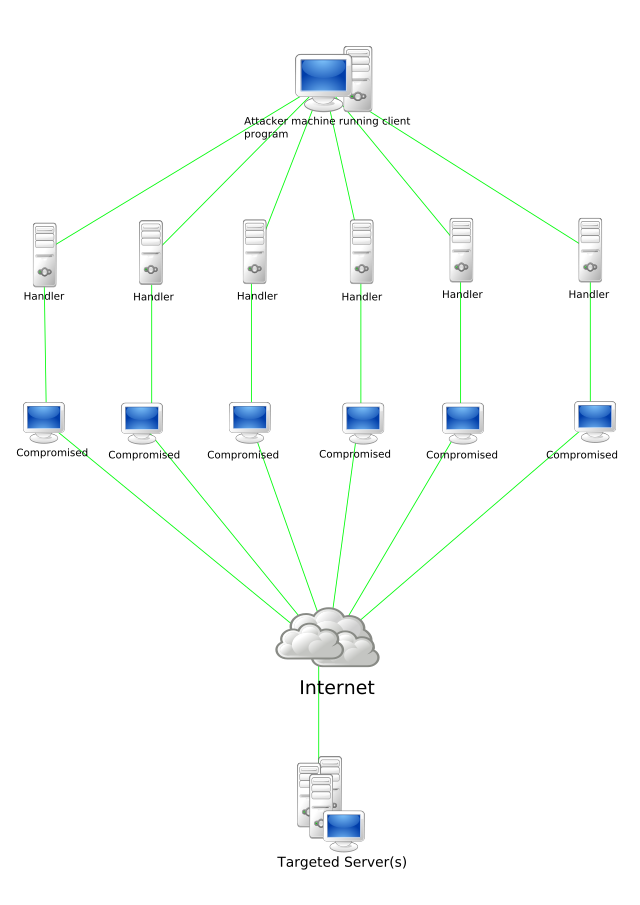Introduction To Denial-of-service (DoS) attacks
There are several types of DoS attacks, including:
Flood attacks: In this type of attack, the attacker floods the targeted system or network with a massive amount of traffic or requests, making it unable to process legitimate requests.
Amplification attacks: These attacks exploit vulnerable servers and services to amplify the amount of traffic directed at the targeted system, causing it to become overwhelmed.
Distributed Denial-of-Service (DDoS) attacks: DDoS attacks involve a coordinated effort by multiple attackers to flood the targeted system or website with traffic from multiple sources, making it much harder to block the attack.
Application-layer attacks: These attacks target specific applications running on the system or website, such as web servers or databases, with the aim of overwhelming them with requests or exploiting vulnerabilities to cause a crash.
Protocol attacks: These attacks exploit weaknesses in the network protocols used by the targeted system, causing it to become unresponsive.
To prevent DoS attacks, organizations should implement security measures such as firewalls, intrusion detection and prevention systems, and traffic filters. Additionally, they should regularly test their systems for vulnerabilities and have a response plan in place in case of an attack.




Post a Comment